☆ PuniPuni Youtube ☆
Happy New Year in Japanese:
あけましておめでとうございます\(◕ω◕)/♥
Do you know what Japanese people do on New Year’s day? The Japanese New Year is called 正月 (しょうがつ – shōgatsu) or お正月 (おしょうがつ – oshōgatsu).


On January first, it is customary to go to the local shrine or temple to wish for a good year. This is called 初詣 (はつもうで – hatsumōde). Some people wear the kimono on this occasion.
After making an offering, they choose a fortune, called おみくじ (omikuji), a slip of paper that tells your level of luck for the new year. If you pick bad luck, you are supposed to tie it to a tree or a wall of metal wires on the shrine grounds.
Special New Year’s food called おせち料理 (おせちりょうり – osechi ryōri) are prepared ahead of time and eaten on New Year’s day.
https://www.instagram.com/p/B6wdXGzHWPO/
Osechi ryōri includes many different traditional foods. They each have a meaning, such as “good health”, “fertility”, and “wealth”.

おいしそう!\(>ω<)/♥ It looks delicious!
Shōgatsu is also the time that children receive gifts of money in decorated envelopes called お年玉 (おとしだま – otoshidama) from their parents and older relatives.
https://www.instagram.com/p/B60N-__nvaf/
☆cute envelopes for otoshidama☆
https://www.instagram.com/p/CJs8VyAHupt/?igshid=93m234bmr90f
いいね〜 (◕ω◕)♪ I want otoshidama too!
Another tradition is sending New Year’s cards called 年賀状 (ねんがじょう – nengajō) to friends and family to wish them a happy New Year.
Happy New Year in Japanese is 明けましておめでとうございます (akemashite omedetō gozaimasu)
………………………………………………………………………………..
Do you want a Japanese tutor?
Take Japanese Skype Lessons with Professional Japanese Teachers on kakehashijapan.com!
………………………………………………………………………………..
………………………………………………………………………………..



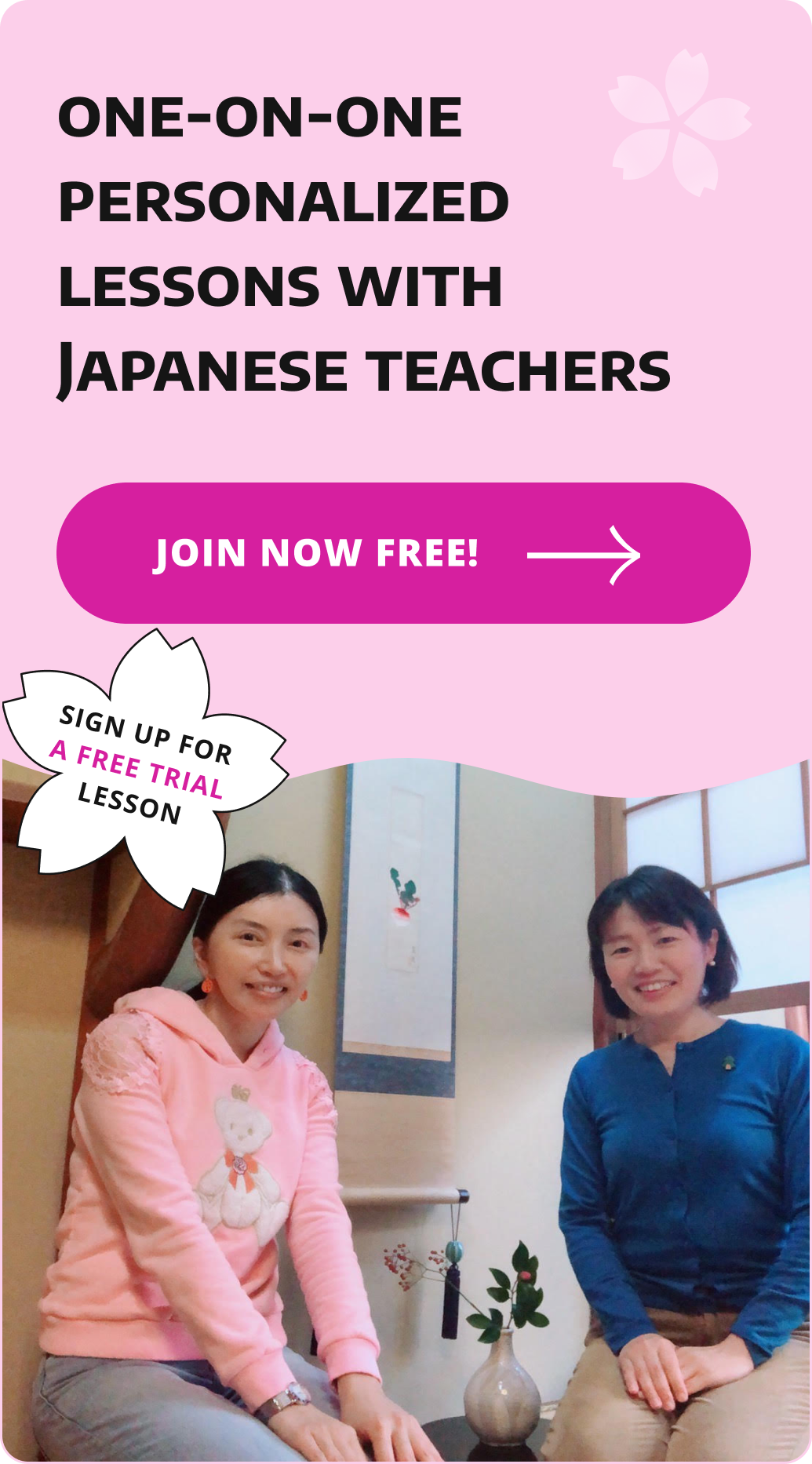

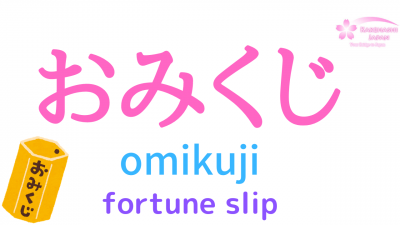

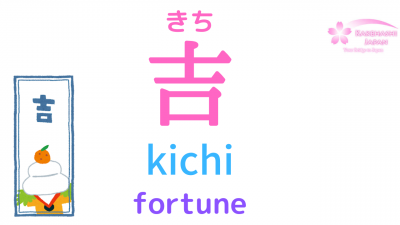


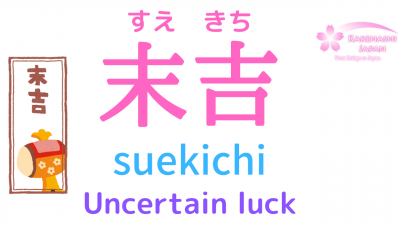


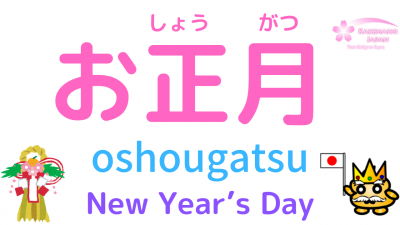
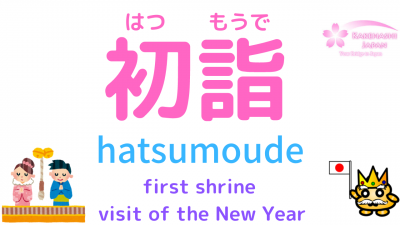
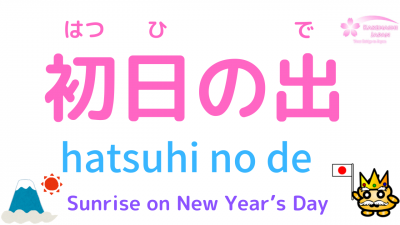

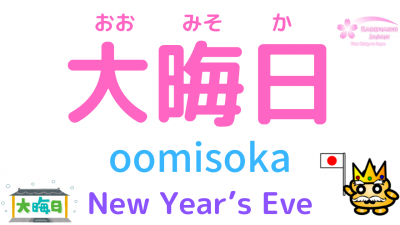





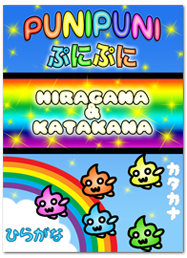



3 comments
As always, very nice cultural aspect.
I saw other way the greeting was written: 開けましておめでとうございます. Is it correct with that other kanji? あけまして is related to the verb あける?
And when 謹賀新年 (きんがしんねん) is used?
明けましておめでとうございます!
Comment by Klinger on 01/01/2014 at 12:50 pmIt is not correct to use the kanji 開 for this expression. Both 開ける and 明ける translate as “to open” and they have the same pronunciation. However, their use is a little bit different.
開ける is used for opening things that were closed, like windows or doors. 明ける is used more in the sense of “to start / to change.”
年が明ける (としがあける) means “the year opens” or “the new year starts”
おめでとう means “congratulations.”
So, 明けましておめでとう means “congratulations on the start of the new year” or simply “Happy New Year.”
謹賀新年 also means “happy New Year,” but it is not really used in conversation. It is often used on 年賀状 (ねんがじょう) – Japanese New Year’s Cards.
I hope that helps! 明けましておめでとうございます! (◕ω◕)♪
Comment by PuniPuni on 01/06/2014 at 2:16 amClearer than this, only in the center of the Sun, I guess, LOL!
どうもありがとうございました、先生!
Comment by Klinger on 01/10/2014 at 10:57 am